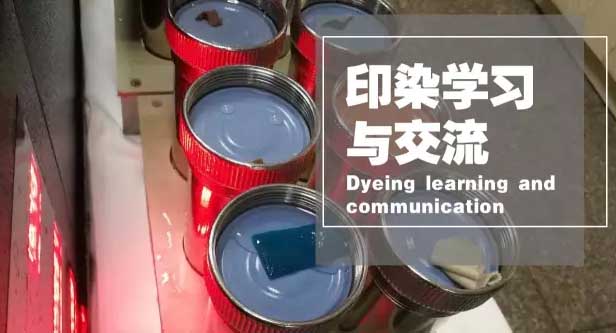There are many kinds of defoaming agents used in printing and dyeing factories, it can be divided into silicon and non-silicon. And what's the difference between these two defoaming agents?

The non-silicon defoaming agent: it is a single component, such as isooctyl, soap flake, tributyl phosphate, kerosene and polyether. Some ingredients can be compounded to improve the efficacy. The emulsions such as fatty acids, esters of fatty acids, polyethers and mineral oils were emulsified by using emulsifiers such as fatty acids and esters, which were also widely used as defoaming agents.
The silicon defoaming agent: the silicone emulsion defoaming agent can be divided into parts according to the emulsion system and processing methods: 1) the defoaming agent based on silicone oil and food grade emulsifier, which is produced by reverse phase process, and it is called S defoaming agent. 2) the defoaming agent which is produced by reverse phase processing method is called T series defoaming agent, which is based on modified polyether, silicone oil and food grade emulsifier. 3) It is based on polyether modified silicone oil emulsion system, the defoaming agent produced by reverse phase processing method is called X/C series defoaming agent.
With two methyl silicone oil, specific silica as the main defoaming ingredient, with non-ionic surfactant as emulsifier, defoaming mechanism, according to the principle and technology of compound emulsion, two methyl silicone oil and specific silica ratio, emulsifier, thickener, the feeding effect of CIS sequence on the properties of the product were studied to determine the optimum conditions of the compound. The developed defoaming agent has good temperature resistance, froth, bubble resistance and stability, and the equipment and production process are simple.
The materials which are used: dimethyl silicone oil, liquid hydrocarbon oil, polyether modified silicone oil, silica, silica, emulsifiers, specific Span of 60, Tween 60, Span - 8 o, Tween - 80, polyvinyl alcohol, cetyl alcohol, octadecanol, cellulose and sodium alginate and other commercial products.
The manufacturing process of organosilicon emulsion defoaming agent can be divided into 3 steps:
The first step is the preparation of the silicone paste;
The second step is the preparation of the initial emulsion;
The third step is the complex operation.
The thickening agents which are used include polyvinyl alcohol, carboxymethyl cellulose, sodium alginate, hydroxyl cellulose and acrylic polymers. Each has its advantages and disadvantages, and it should be used for different emulsion systems and application environments.
At present, the technical difficulties of the development of silicone emulsion defoaming agent: the development of the rapid bubble and the persistent silicon paste; the design, synthesis and selection of the emulsification system of low-bubble and non-bubble emulsification, especially of modified silicon ether emulsifier; emulsion particle size and stability control; high temperature resistance, strong alkali resistant, easy to disperse emulsion system development, etc.



 English
English  日本語
日本語  Español
Español  tiếng việt
tiếng việt  Türkçe
Türkçe  ไทย
ไทย  українська
українська  हिंदी
हिंदी  বাঙালি
বাঙালি  اردو
اردو 

